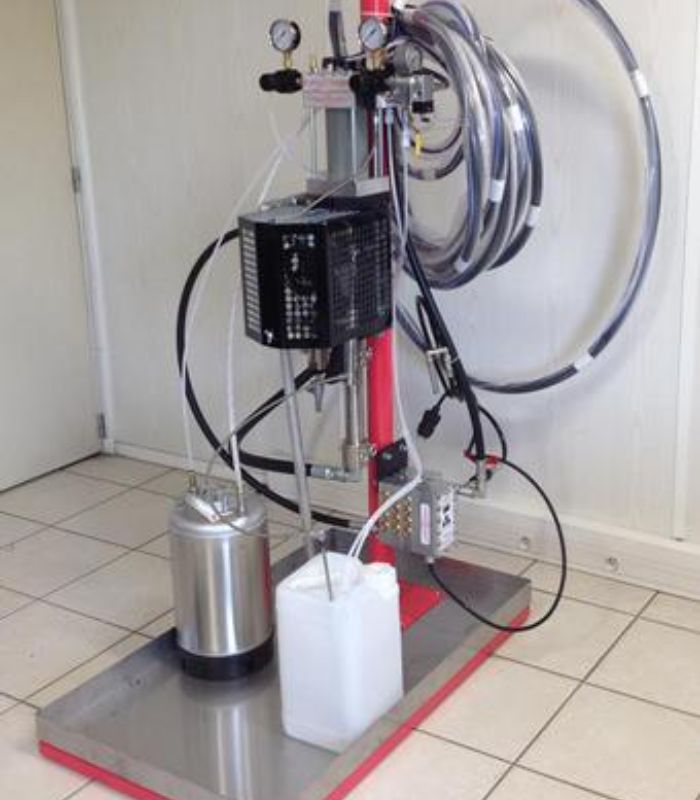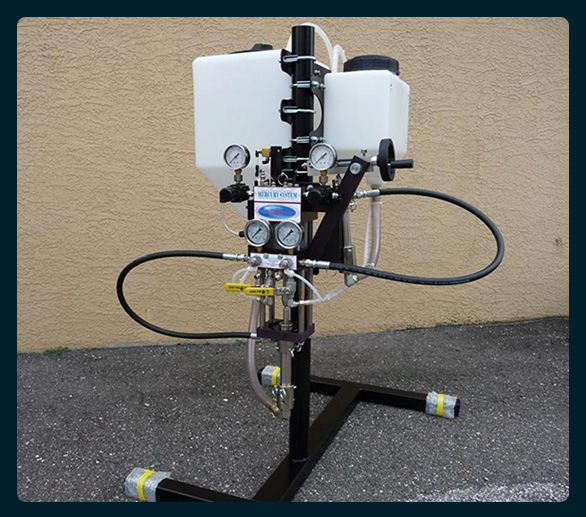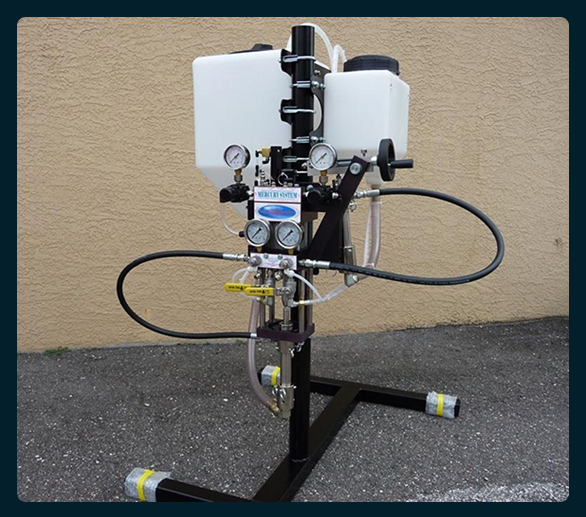What is a Resin/Glass Monitor - A Detailed Guide

Strong 8k brings an ultra-HD IPTV experience to your living room and your pocket.
Overall, efficiency, precision, and consistency are vital to maintaining high-quality production in advanced composites and fiberglass manufacturing. Properly knowing and using the right equipment through the production of pipes, tanks, panels, and custom-molded parts helps in the maintenance of continuous production and product integrity. The three vital signs in the composite process of fabrication are Resin/Glass Monitor, Wetout/Chop Processing, and Putty Ram. Each of these uniquely and importantly contributes to the optimization of performance and product quality at various stages of the composite workflow.
Resin/Glass Monitor: Precision in Material Ratios
The Resin/Glass Monitor is a critical control instrument in the composite manufacturing industry, especially in automated and semi-automated operations. It primarily monitors and controls the resin-to-glass-based fiber ratio during the layup or spray application. The correct input ratio is essential to attaining mechanical strength, durability, and structural consistency of the final product.
Without the accurate monitoring, resin can easily be oversaturated or undersaturated on the glass fibers, resulting in delamination, weak areas, or prolonged curing time. An excellent Resin/Glass Monitor delivers feedback in real-time, allowing operators to adjust immediately, thus minimizing wastage. Moreover, it ensures that manufacturers meet industry standards and specifications, thus making itself an indispensable tool for quality-conscious manufacturers.
Wetout/Chop Processing: Making Sure of Full Saturation
Wetout/Chop Processing is the operation in composite construction during which continuous fiberglass strands or chop fibers are wetted with resin to provide a homogeneous mixture prior to application to a mold or substrate. The purpose of this operation is to ensure that every fiber is fully saturated (or "wetted out") in the resin to become truly significant for bonding, curing, and mechanical strength.
This is done either manually or automatically. An automatic system has a chopper gun that dispenses chopped fiberglass and resin at the same time on the workpiece. Wetout rollers or brushes may also be used to achieve a uniform application without air pockets.
Wetout and chop-processing is not only strength but also cosmetic and dimensional stability. The non-full saturation of fibers will make a product faulty, e.g., voids and bubbles will manifest, and integrity may be lost underneath the load. This can be optimized by a good calibration of equipment because the thicker matrices of fiber-resin may yield not only better quality in terms of strength but an extended lifecycle of the composite structure.
Putty Ram is known for Controlled Dispensing of high viscosity compounds such as epoxy putty, fillers, or bonding compound, in composite and structural bonding applications. This equipment is designed to dispense high viscosity paste-like materials that require significant energy to be displaced and evenly applied.
While the Putty Ram works on a hydraulic or pneumatic push operated system where the compound is pushed through a cylinder into a dispensing nozzle. This helps pass the material into a tight joint, seam, or mold cavity. This application can be seen in structural bonding wherein controlled placement and volume may achieve proper adhesion and load transfer.
Due to the intrinsic nature of the compounds, putty rams must normally be abrasion-resisting, and they have to be able to provide consistent pressure to dispense without clogging. Putty Rams are very common in large composite parts production, such as boat hulls, wind turbine blades, and aerospace components.
To Conclusion: Integrated Systems for Superior Composite Fabrication.
Full-proof your lines with Resin/Glass Monitor, Wetout/Chop Processing systems and Putty Rams to bring your composite manufacturing to either quality or productivity by introducing the separate equipment addressing the specific concern of making your product-at-well ratios, ensure saturating agents, or dispensing high-viscosity materials into a continuous and waste-less strong and productive process.
Quality and precision are top most at Phoenix equipment. Therefore, whether upgrading the line or establishing a new facility, proper investment in the best equipment of composite processing ensures a good payback in years to come in terms of better product performance and lesser downtime.
Note: IndiBlogHub features both user-submitted and editorial content. We do not verify third-party contributions. Read our Disclaimer and Privacy Policyfor details.





